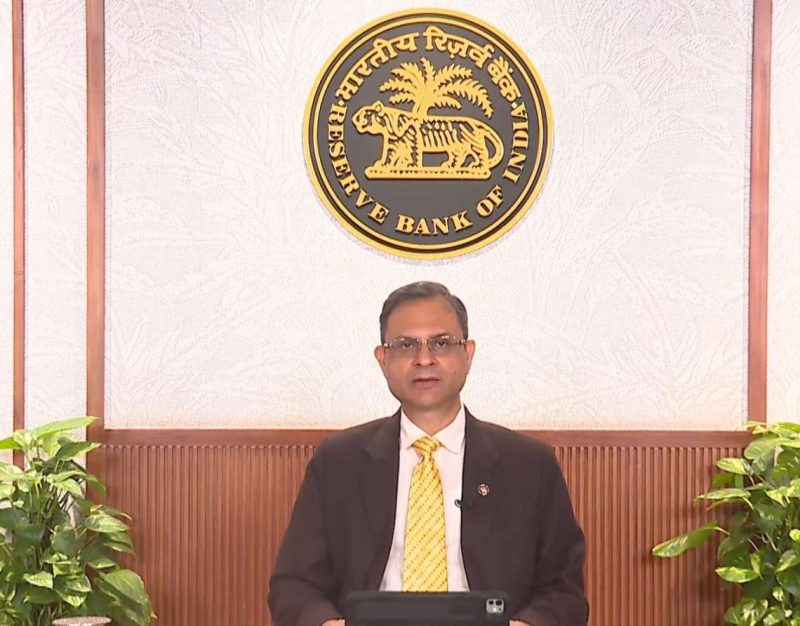Reliance Industries Limited (RIL) and British Petroleum (BP) have announced the start of production from the R Cluster, ultra-deep-water gas field in block KG D6 off the Kakinada coast.
RIL and BP are developing three deepwater gas projects in block KG D6 – R Cluster, Satellites Cluster and MJ – which together are expected to meet 15 per cent of India’s gas demand by 2023. These projects will utilise the existing hub infrastructure in KG D6 block.
RIL is the operator of KG D6 with a 66.67 per cent participating interest and BP holds a 33.33 per cent participating interest.
R Cluster is the first of the three projects to come onstream. The field is located about 60 km from the existing KG D6 Control & Riser Platform (CRP) off the Kakinada coast and comprises a subsea production system tied back to CRP via a subsea pipeline. Located at a water depth of greater than 2,000 meters, it is the deepest offshore gas field in Asia. The field is expected to reach plateau gas production of about 12.9 million standard cubic meters per day (mmscmd) in 2021.
Mukesh Ambani, Chairman and Managing Director of Reliance Industries Limited, said, “We are proud of our partnership with BP that combines our expertise in commissioning gas projects expeditiously, under some of the most challenging geographical and weather conditions. This is a significant milestone in India’s energy landscape, for a cleaner and greener gas-based economy. Through our deep-water infrastructure in the Krishna Godavari basin we expect to produce gas and meet the growing clean energy requirements of the nation.”

BP Chief Executive Bernard Looney said, “This start-up is another example of the possibility of our partnership with Reliance, bringing the best of both companies to help meet India’s rapidly expanding energy needs. Growing India’s own production of cleaner-burning gas to meet a significant portion of its energy demand, these three new KG D6 projects will support the country’s drive to shape and improve its future energy mix.”
The next project, the Satellites Cluster, is expected to come onstream in 2021 followed by the MJ project in 2022.
Peak gas production from the three fields is expected to be around 30 mmscmd (1 bcf/d) by 2023 which is expected to be about 25 per cent of India’s domestic production and will help reduce the country’s dependence on imported gas.
Also Read: As Demand Surge IndianOil touches 100% Capacity Usage
Also Read: India to press for Iran, Venezuela Oil as Trump leaves









